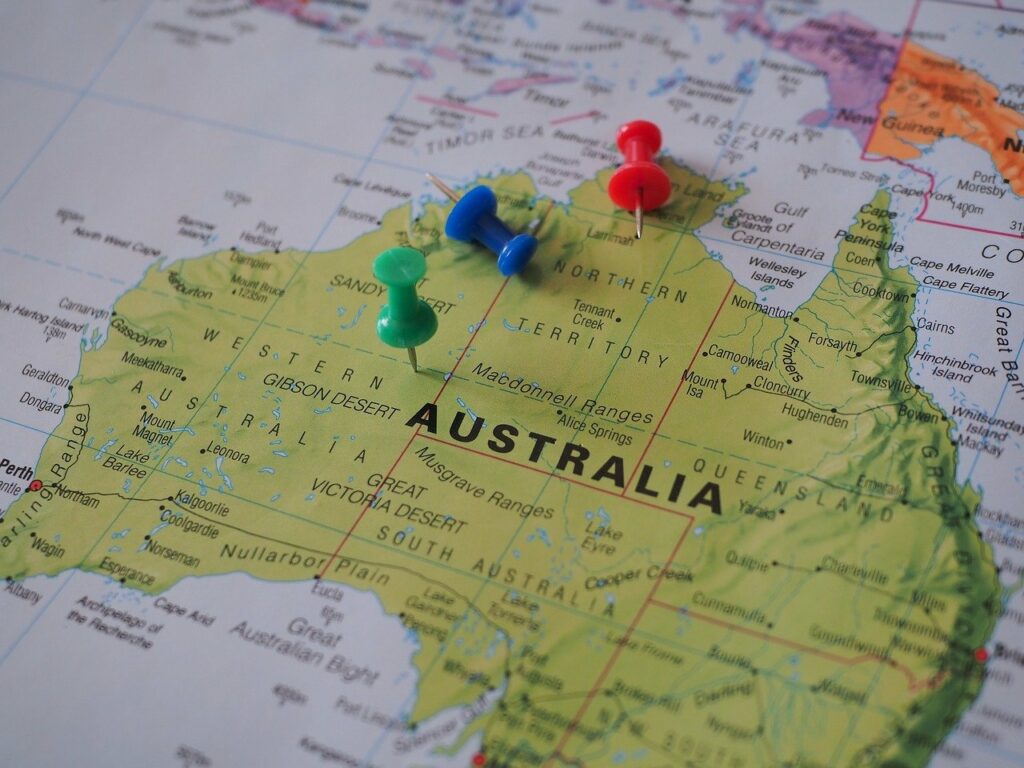Western Australia’s Mid West region could become a pivotal node in the global green hydrogen trade, according to the newly released Trilateral Hydrogen Hub Feasibility (TrHyHub) Study.
Backed by a coalition including the WA Government, the Mid West Ports Authority, the Port of Rotterdam, and Germany’s Fraunhofer Institute for Solar Energy Systems, the study positions Oakajee Strategic Industrial Area (SIA) as a potential clean energy corridor between Australia and Europe.
The TrHyHub study identifies Oakajee as a promising site for green hydrogen and ammonia production and export, citing the region’s high renewable energy yield, land availability, and political stability. The proposed export route would rely on a single point mooring (SPM) system to facilitate bulk green ammonia shipments, a technically feasible but logistically demanding approach that bypasses the need for conventional port infrastructure.
While the report frames this as a cost-effective solution, SPM deployments require deep-sea anchorage, specialized tankers, and robust operational safety standards—none of which currently exist at Oakajee. The absence of supporting infrastructure, such as transmission lines and water desalination capacity, remains a fundamental barrier to immediate implementation.
Germany and the Netherlands have signaled strong demand growth for green hydrogen imports as they move to decarbonize heavy industry and reduce dependence on Russian fossil fuels. Germany alone aims to import 50–70% of its hydrogen demand by 2030. The Oakajee SIA is forecasted by the study to eventually support “millions of tones” of hydrogen output per annum—positioning WA to serve as a long-term supply partner.
However, international competition is intensifying. Emerging hydrogen export candidates—such as Namibia, Saudi Arabia, and Chile—offer similarly attractive resource conditions with shorter shipping distances to Europe. Without faster project timelines, WA risks lagging behind in capturing early market share.
The WA Government has committed AUD 1 billion through its Strategic Industries Fund to develop clean energy hubs across the state. Mid West Minister Jackie Jarvis highlighted the economic diversification and job creation potential, asserting the region’s ability to “build on [WA’s] experience as a globally recognized energy exporter.”
Yet, previous attempts to activate Oakajee as a resource export hub have repeatedly stalled, dating back over a decade. The current strategy relies on streamlining approvals and activating industrial zones, but concrete commitments from project developers and financiers remain limited. Notably absent from the feasibility study were details on CAPEX estimates, timeline projections, or confirmed offtake agreements—key indicators of commercial maturity.
The Mid West’s promise reflects the broader tension in global hydrogen markets: a strong theoretical supply-demand match hindered by slow-moving regulatory alignment, project financing bottlenecks, and uncertain pricing structures. The TrHyHub study contributes a detailed spatial and technical mapping of export feasibility, but leaves unresolved the deeper commercial and logistical questions that will determine whether Australia’s green hydrogen ambitions translate into delivered molecules at scale.
Stay updated on the latest in energy! Follow us on LinkedIn, Facebook, and X for real-time news and insights. Don’t miss out on exclusive interviews and webinars—subscribe to our YouTube channel today! Join our community and be part of the conversation shaping the future of energy.
